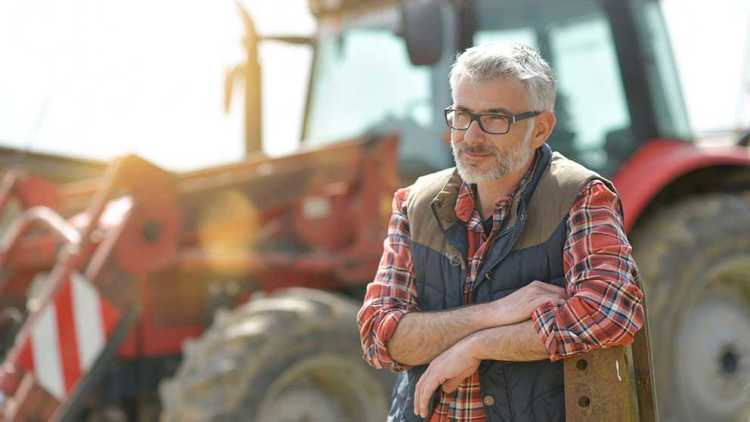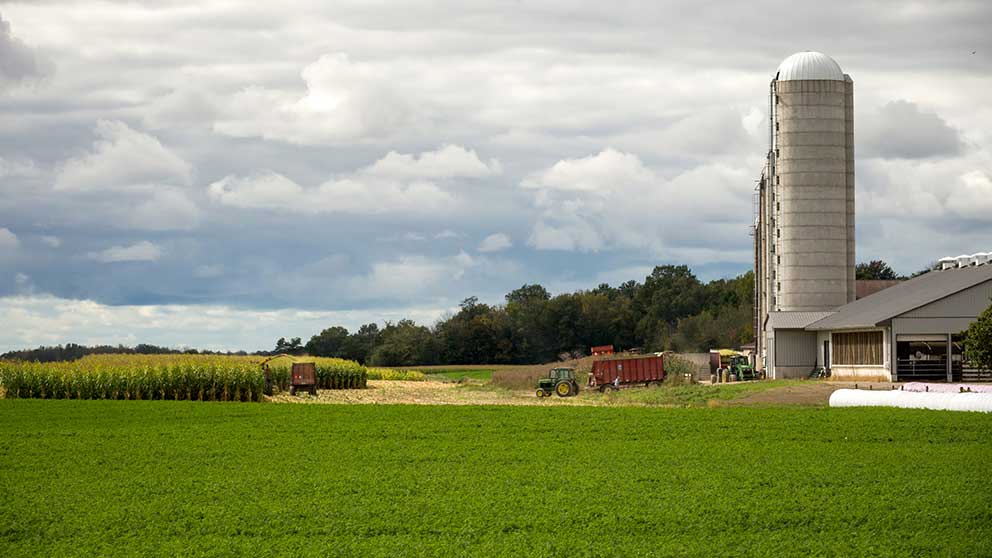The financial realities of farm retirement

How much money does a Canadian farmer need to retire? According to farm finance and transition experts, it depends primarily on the intended lifestyle and a personal definition of financial security.
Getting a hard number, however, means developing a plan that aligns retirement goals with business and savings realities.
Set realistic goals
Brent VanParys is an Ontario-based accountant and business transition services expert. He says lifestyle factors like place of residence, travel goals and whether leaving assets for successors is a priority are some of the most important considerations in determining retirement needs.
Business owners, VanParys says, should go through a “comprehensive financial planning exercise” with a trusted advisor to see what their future might look like based on current realities – as well as how their lifestyle could be adapted.
“They may need to change their lifestyle or definition of financial security in order to meet all of their expectations,” VanParys says.
Making a good retirement plan starts with totalling expenses to see how much money is needed each month.
Colin Sabourin, an investment advisor and financial planner based in Winnipeg, says making a good plan starts with totalling expenses to see how much is needed each month. From there, look at the time frame, how much has been saved and how much can still be made.
When expectations and financial realities don’t line up, farmers can either retire later, save more money or find a new source of income such as taking more investment portfolio risk.
“They only have three options. You can’t keep all three... If they don’t want to do any of them, they have to be comfortable with not reaching their goal,” Sabourin says.
A comprehensive look at expenses and savings
Detailed planning is required before retirement needs can be truly understood. Sabourin says doing so helps farm clients take advantage of different savings options, such as tax-free savings accounts.
Expenses generally covered by the farm business, such as water and electricity, need to be accounted for as well, according to Annessa Good-Hassard, an Alberta-based Transition Advisor. The responsibility for these expenses might shift to the retiring party if, for example, they move to property in town or otherwise not part of the farm.
One-time expenses associated with retirement, such as moving, should also be considered, she says.
Don’t forget about your health
Both VanParys and Sabourin say potential increases in health care expenses, as well as other setbacks, should not be discounted.
“What if things stay stagnant and don’t keep up with inflation?” Sabourin says. “You should make some sort of projection to see how everything looks if things go sideways.
“It seems I always have to convince people they will need as much money in the future as they do today. You might not be doing as much, but you may not be in good health either.”
Bottom line
Identify retirement income needs by meeting with farm finance and transition specialists. The experts should help farmers identify retirement plans, current income and savings. That information then helps create an in-depth understanding of goals, financial capabilities and vulnerabilities.
Article by: Matt McIntosh

Making the jump from a sole proprietorship farming operation to a corporation brings with it several advantages, along with some additional management responsibilities.